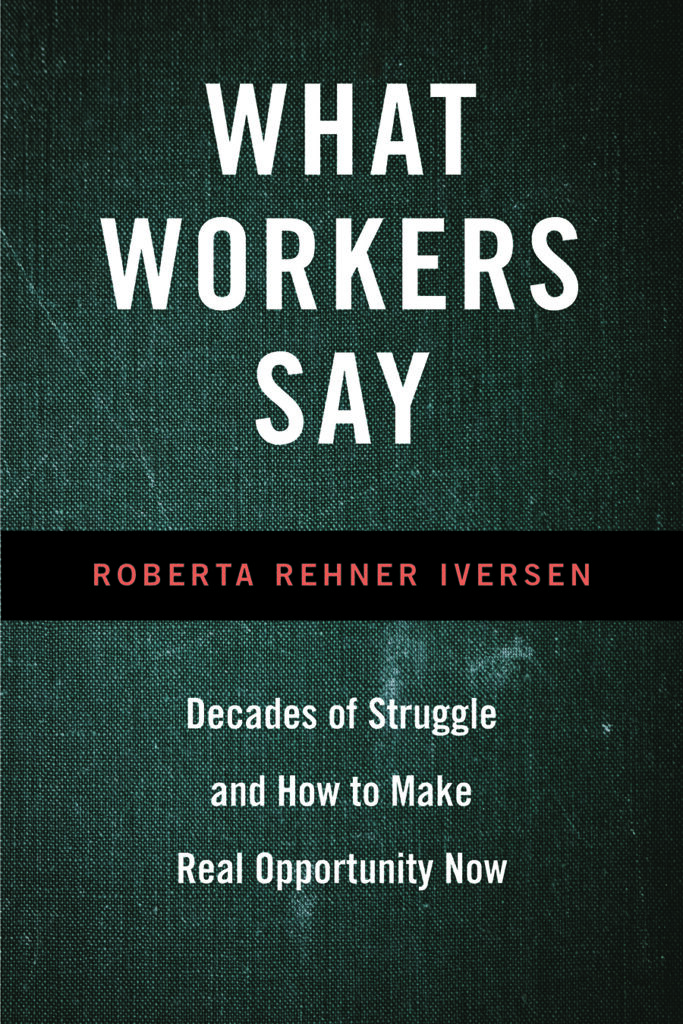
Although the gender wage gap has decreased substantially over the last 50 years, progress has stalled in recent decades. Forecasters project it would take until 2059 to eliminate the gender wage gap, if we kept up at the current pace.
The persistence of gender-based wage disparities has prompted calls for new approaches to address the issue. Prominent among these are mandatory disclosure laws, which a growing number of countries have adopted. Although the specifics vary from nation to nation, these laws require firms to publicly reveal data regarding the size of the gender wage gap. The idea is that public disclosure will “shame” firms with large wage gaps, creating pressure for them to address gender-based disparities in compensation. But does it play out that way?
In a recent paper published in Administrative Science Quarterly, we addressed this question by analyzing the reputational impacts of a 2017 mandatory disclosure law implemented in the United Kingdom. The law requires organizations with more than 250 employees to publicly post certain statistics about the gender wage gap at their organization.
Continue Reading…








